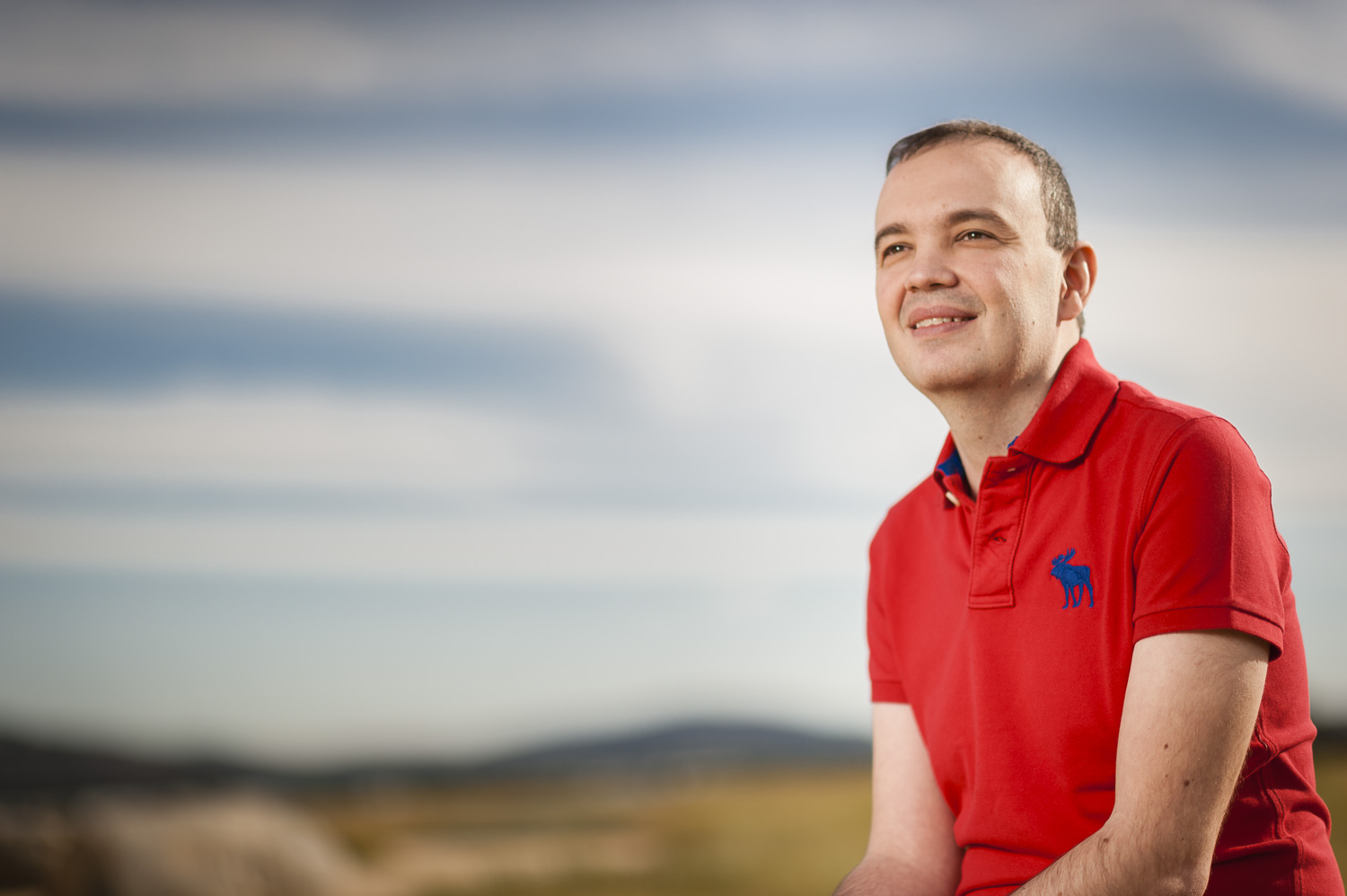The story of Fabio
When I was a child I remember visiting relatives on the part of my father, and I noticed that some were very sick. Very thin, leaning on canes or even a wheelchair. At home, I noticed that my father would sometimes receive a phone call informing him of the death of someone, usually young people in their 40s. I was the oldest, of 4 siblings, I had no idea what was going on or what was waiting for us.
My father was an employee of a North American bank, in Brazil, we had a comfortable life and at the end of the 80’s my father decided to resign, he felt very stressed and complained of a lot of pain in his legs. He went to work as a self-employed used vehicle salesman, something he was a fan of.
I realized that things were getting complicated, nobody talked about what my father had. He started to get weak, having difficulty walking, until one day he was hospitalized because he couldn’t urinate and the doctor, knowing the family history, confronted my father with the diagnosis: Hereditary Amyloidosis (known today as hATTR). My dad always suspected, but he didn’t want to accept it. In the family since the 70s, the disease that affected its members was known, starting with my great-grandmother.
After a few years, my father died in 1999 with no chance of treatment, just palliative care. He was stuck in a bed, many organs failed like hearth, kidneys, urinary and gastrointestinal tract, eyes, lose legs and arms movements, a 1.80m man weighing 40kg. He knew it was a death sentence when he received the diagnose.
Because I have all the information about the disease, which would have a 50% chance of inheriting the mutated gene, I decide to take the DNA test even without symptoms, to plan myself. The positive result did not affect me, and I continued living until 6 years later, I started to feel pain in my legs, these pains persisted for about 2 months and I already knew what it was.
I went to a famous doctor and this one, when requesting tests, told me that it was not the disease and that I would be somatizing. I decided to go to Portugal and when I asked for help from the local patient association, it referred me to a doctor in Brazil with knowledge. In the first consultation, the diagnosis of the disease was closed.
The first drug had been approved in Europe and I would not accept a liver transplant. I went to court against the Brazilian government to pay for my treatment and 6 months later I got it.
When faced with all the barriers that a person with a rare disease faces in my country, from diagnosis to treatment, I got involved in the fight of the patient association, which was practically deactivated. I had to lead the association in the fight for the interests of people with Amyloidosis in my country.
I spent 2 years with some interruptions in treatment due to lack of supply by the government when a clinical trial started in 2015 with advanced treatment, inhibition of TTR protein and even with a risk of falling into the placebo arm, I decided to participate. After a few months I realize that unfortunately I was taking a placebo and the disease was advancing rapidly and I would have to wait a few more months to start receiving the medication.
5 years later I continue to use this treatment and the disease is under control. The next generation of my family will face it like any chronic disease like hypertension or diabetes, no longer a death sentence like it was for my father!
In the patient association, we started an awareness-raising work with the Brazilian government, health professionals, patients and their families, the pharmaceutical industry and society in general, thus we managed to establish a protocol for diagnosis, monitoring and treatment at the Ministry of Health. This protocol describes the disease, as well as the form of diagnosis and access to treatment. My job as association leader lasted 8 years, until 2020, and required full-time work, so I decided to focus on my personal life projects!
